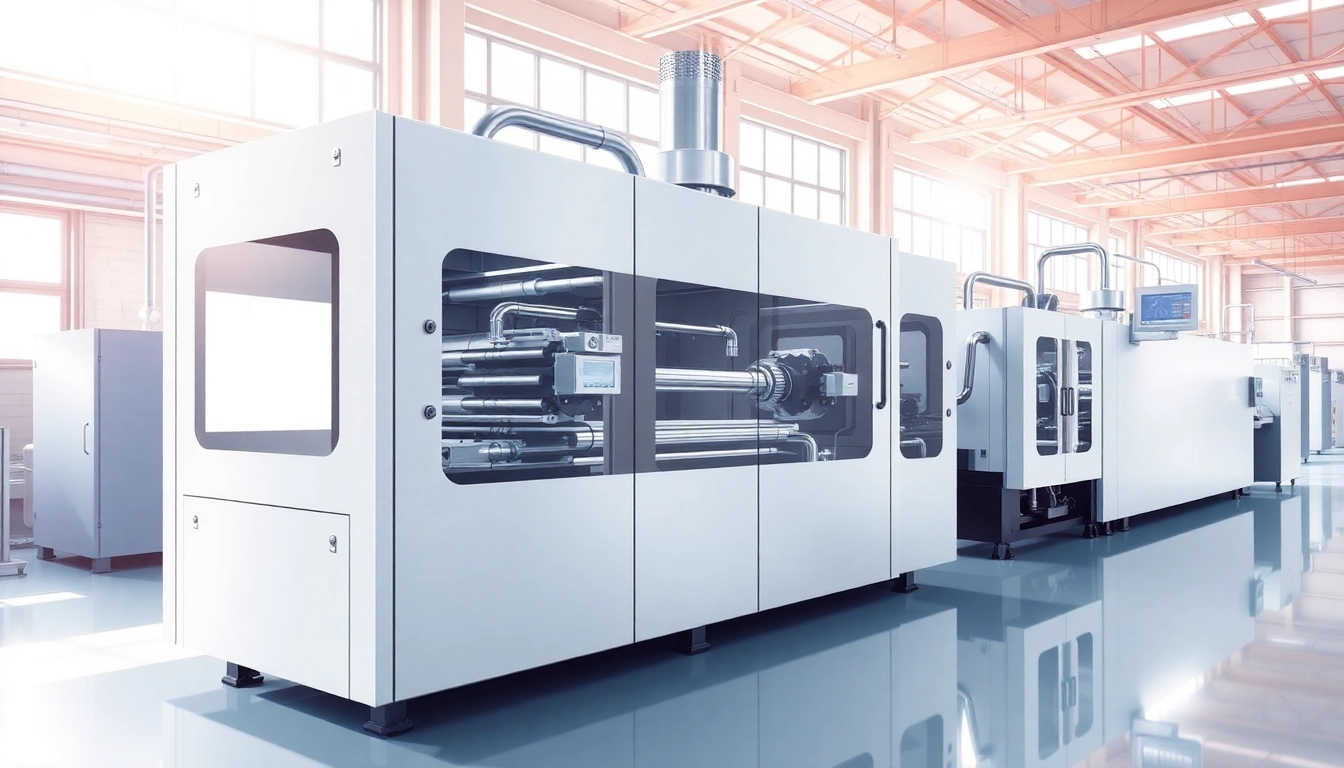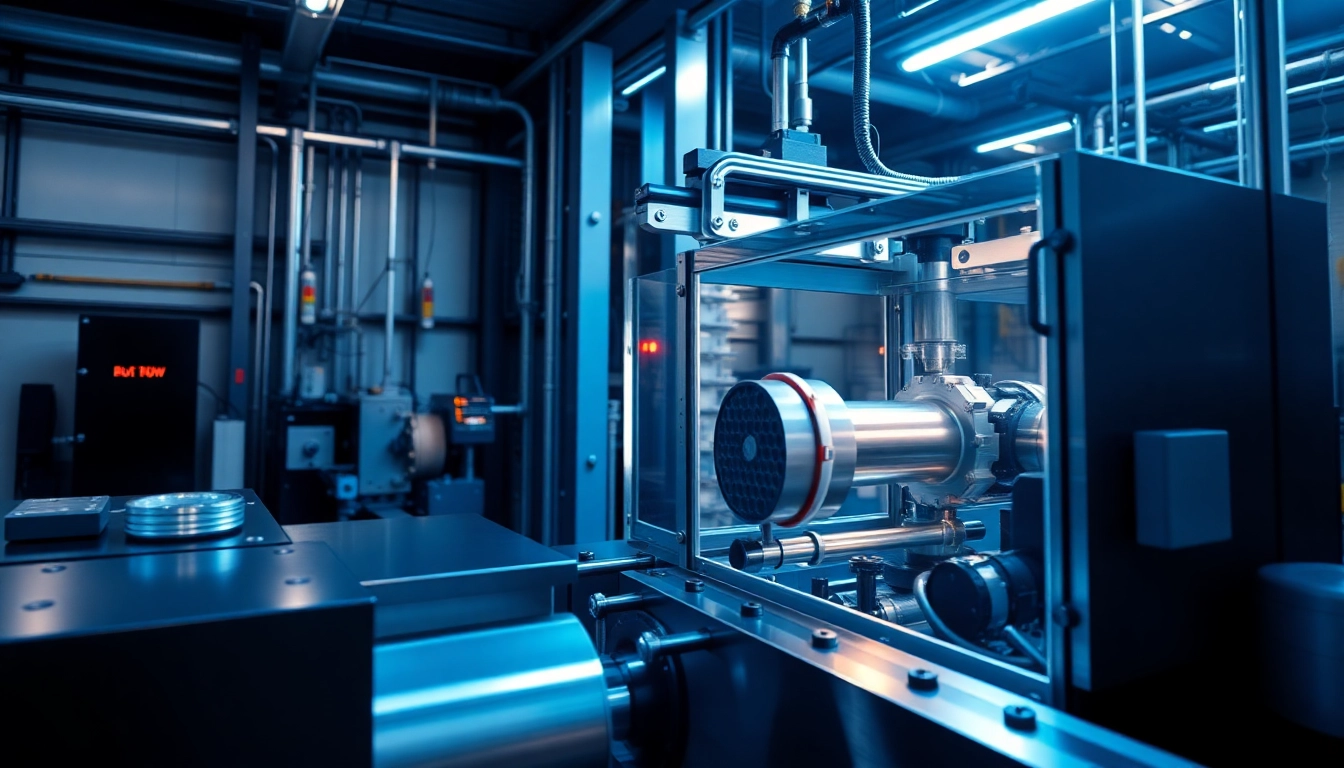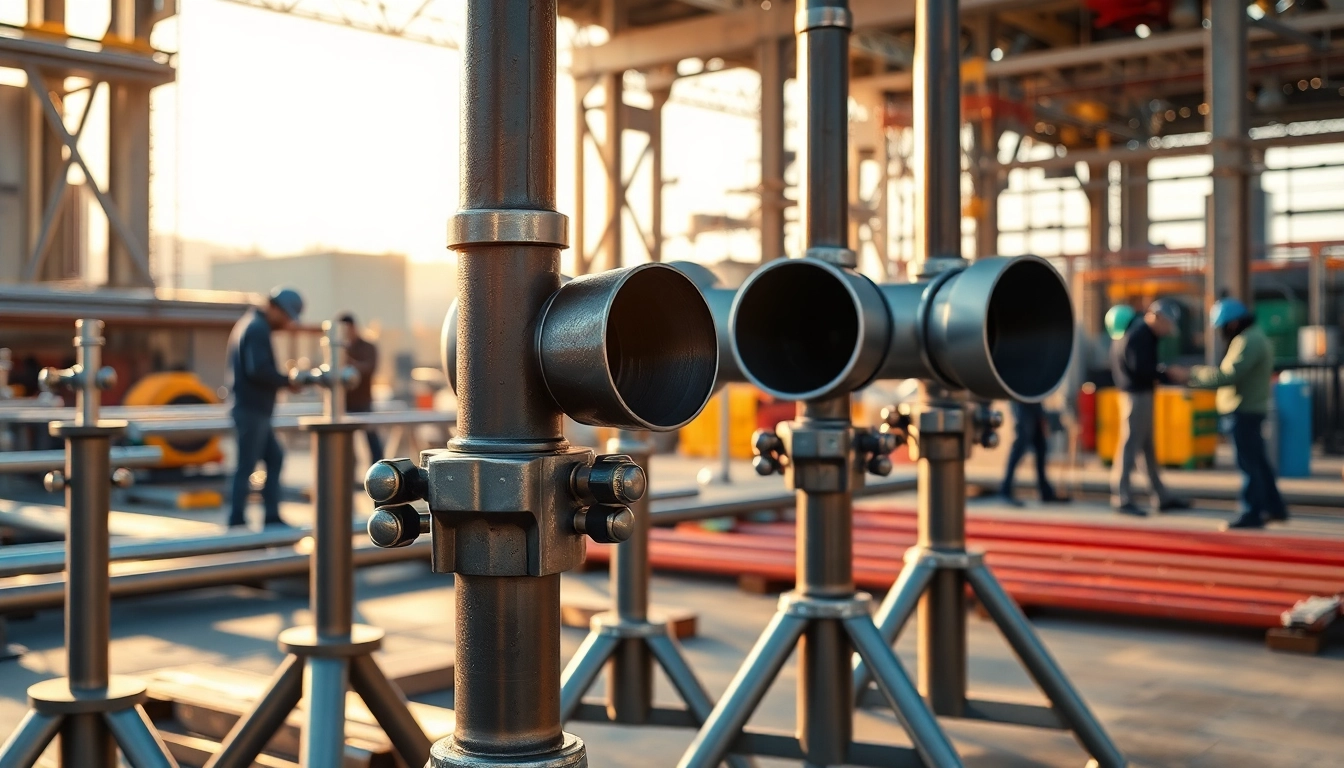Introduction to Machine Vision
Machine vision is a transformative technology that leverages imaging systems and artificial intelligence to enable machines to interpret and act upon visual information from their surroundings. It plays a pivotal role across various industries by automating processes, enhancing quality control, and improving operational efficiency. With machine vision systems, organizations can tap into advanced data analytics and real-time processing capabilities that drive smart decision-making. This article explores the fundamentals of machine vision, its critical components, applications, benefits, future trends, and more.
Defining Machine Vision
Machine vision is defined as the capability of a computer system to interpret visual data through imaging hardware. This process involves capturing images using various sensors, such as cameras, and then processing these images with sophisticated algorithms to make decisions based on visual analysis. Unlike standard imaging tools that merely capture and display images, machine vision systems are designed to process visual data to improve operations, optimize workflows, and enhance understanding of complex environments.
Importance in Modern Industries
The significance of machine vision in modern industries cannot be overstated. It facilitates automation by enabling machines to see, inspect, and assess products and processes. Industries such as manufacturing, agriculture, food processing, and automotive heavily rely on machine vision technology to ensure quality control, enhance safety measures, and increase throughput. In fact, the global machine vision market has seen explosive growth, driven by advancements in AI and machine learning, which are making machine vision systems more versatile and effective.
How It Differs from Traditional Imaging Systems
While traditional imaging systems typically focus on capturing visual data, machine vision extends this capability by analyzing and interpreting the information in real-time. Traditional systems may require human intervention to assess images and make decisions, whereas machine vision automates these tasks, allowing for rapid processing and improved accuracy. Additionally, machine vision systems can work seamlessly in constrained environments and under varying light conditions, utilizing specialized optics and sensors that adapt to the specific needs of the task at hand.
Key Components of Machine Vision Systems
Cameras and Sensors Used in Machine Vision
At the heart of machine vision systems are the cameras and sensors that capture images of the subject matter. Various types of cameras, such as CCD (Charge-Coupled Device) and CMOS (Complementary Metal-Oxide-Semiconductor), provide different benefits depending on the application. CCD cameras are typically used for high-quality image capture in controlled environments, while CMOS cameras are more versatile and often preferred for real-time applications due to their lower power consumption and faster readout times. Sensors also vary based on resolutions, frame rates, and spectral sensitivity, allowing for tailored systems suited to specific tasks.
Processing Hardware and Software Algorithms
After images are captured, the processing hardware, along with software algorithms, plays a crucial role in turning visual data into actionable insights. Processing units, often utilizing GPUs (Graphic Processing Units), enable complex computations required for image analysis. Machine vision software employs various algorithms, including image processing, pattern recognition, and computer vision techniques, to automate tasks such as object detection, classification, and feature extraction. This can include deep learning methods that allow systems to adapt and improve over time with more data.
Lighting Techniques and Their Role
Proper lighting is critical in machine vision applications as it significantly impacts image quality and feature recognition. Different lighting techniques, such as backlighting, front lighting, and diffuse lighting, are employed to highlight specific features of an object. For instance, backlighting can be used to ensure that contours and edges are sharp for better detection, while polarized light may help reduce glare in shiny surfaces. Selecting the right lighting setup is vital for achieving optimal results in machine vision systems, allowing for increased contrast and clarity that facilitates accurate analysis.
Applications of Machine Vision Across Industries
Quality Control in Manufacturing
In the manufacturing industry, machine vision is extensively used for quality control to ensure that products meet defined standards. Automated inspection systems can detect defects, measure product dimensions, and verify the presence of components or labels with higher accuracy and speed than human inspectors. For example, a machine vision system can perform 100% inspection of a production line for defects in a manner that is not only faster but also reduces waste and increases efficiency.
Automated Inspection in Food Production
In food production, the application of machine vision has revolutionized the way products are handled and inspected. Systems equipped with machine vision can monitor the visual characteristics of food items for quality assurance, ensuring that they are free from contaminants or defects. For instance, image analysis can be used to check the ripeness of fruits or detect foreign objects in packaged goods, thereby enhancing product safety and compliance with health regulations.
Usage in Autonomous Vehicles and Robotics
The advent of autonomous vehicles and robotics has heavily relied on machine vision technology to interpret surroundings and make navigated decisions. Machine vision systems enable vehicles to detect and recognize road signs, pedestrians, and obstacles, facilitating safe navigation. In the realm of robotics, from warehouse automation to manufacturers’ assembly lines, machine vision empowers robots to operate efficiently, handling intricate tasks, and collaborating with humans in a seamless manner.
Benefits of Implementing Machine Vision
Enhancing Efficiency and Productivity
One of the most significant benefits of implementing machine vision technology is the enhancement of efficiency and productivity across operations. By automating visual inspections and data analysis, businesses can reduce manual labor, decrease downtime, and streamline processes. This results in faster throughput times, decreased error rates, and an overall more agile operation capable of scaling with market demand.
Cost Savings Through Automation
Implementing machine vision systems can lead to substantial cost savings in the long run. An effective machine vision setup minimizes the need for manual inspection, which not only reduces labor costs but also decreases waste from inspection mistakes. Furthermore, machine vision can optimize resource usage by enabling predictive maintenance—reducing machine downtime and thereby saving costs associated with repairs and loss of production.
Improving Accuracy in Inspections
Machine vision technology vastly improves the accuracy of inspections by eliminating human error and bias. Advanced algorithms can achieve higher detection rates while reducing false positives, enhancing overall product quality. For instance, optical character recognition powered by machine vision can accurately read and verify labels on products, ensuring compliance with regulations and standards. The precision that machine vision systems bring is invaluable for maintaining high quality and consistency in production.
Future Trends in Machine Vision Technology
Advancements in AI and Machine Learning Integration
The integration of artificial intelligence and machine learning into machine vision systems is expected to continue to evolve and expand significantly. These advancements will allow for improved image analysis capabilities, making systems smarter over time. With the ability to learn from feedback and experiences, future machine vision applications can become better at handling complex tasks, adapting to various environments, and identifying anomalies more effectively than ever before.
Emerging Applications and Market Trends
The future of machine vision promises exciting developments across various sectors. Emerging applications include its increasing adoption in healthcare imaging, where machine vision can assist in diagnostics by analyzing medical images with high accuracy. Furthermore, the rise of IoT (Internet of Things) technologies is likely to propel machine vision systems as interconnected devices work collaboratively to gather and analyze visual data, leading to more informed decision-making and operational effectiveness.
The Impact of Industry 4.0 on Machine Vision
Industry 4.0, often characterized by the integration of smart technology into manufacturing and other sectors, is also influencing the future trajectory of machine vision. The seamless integration of machine vision systems with IoT and AI technologies creates opportunities for real-time data analytics, smart manufacturing, and next-level automation. As industries embrace these trends, the role of machine vision will be central to ensuring efficiency, improving quality, and driving innovation across processes.



